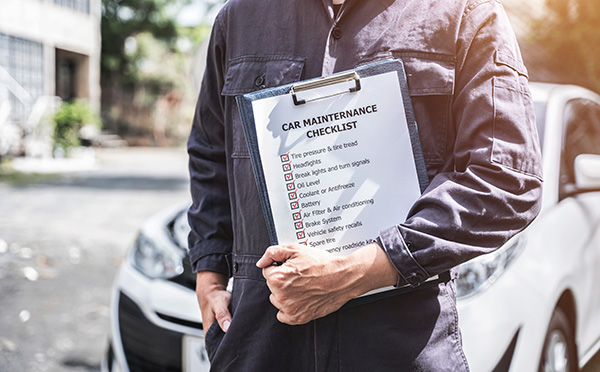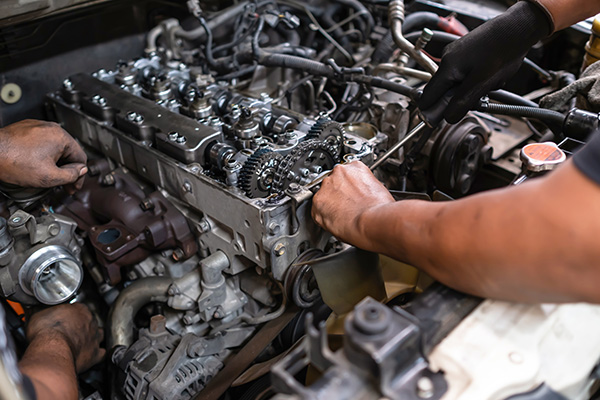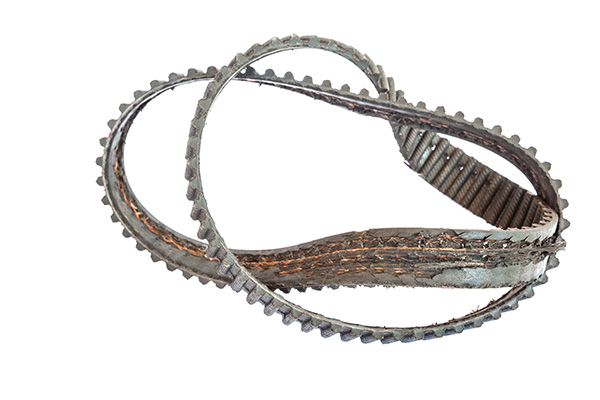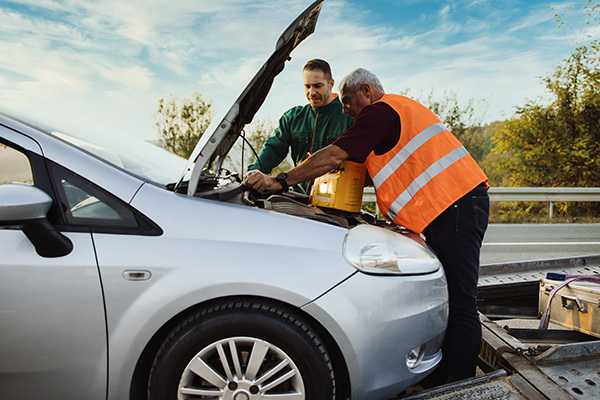Posted on 9/27/2024

Night driving presents its own set of challenges, even for the most experienced drivers. With reduced visibility, unpredictable lighting, and fatigue setting in, driving after dark can feel risky. However, there are practical steps you can take to improve your night driving safety. Whether you’re commuting, running errands, or on a long road trip, these tips will help ensure you stay safe and confident behind the wheel after sundown. 1. Upgrade Your Headlights for Better Visibility Your headlights are your primary defense when driving at night, so ensuring they’re in top condition is essential. Over time, headlights can become foggy, dim, or misaligned, reducing their effectiveness. You can upgrade to more powerful halogen or LED bulbs to increase brightness and improve your ability to see and be seen by others. Also, make sure your headlights are aimed correctly. Misaligned lights can create blind spots or fail to illuminate the road ahead properly. Reg ... read more
Posted on 8/30/2024

Heading off to college often means new responsibilities, including taking care of your car. Your vehicle can be your lifeline to independence, freedom, and convenience, but it requires regular maintenance to stay reliable and safe. As a college student, managing car upkeep might seem daunting amidst your busy schedule, but it's easier than you think. Knowing a few essential car maintenance tips can save you time, money, and potential headaches down the road. These are some must-know car maintenance tips that every college student should be aware of. Basic Car Care First things first, understanding your car's basic needs is crucial. Here are some key points to remember: Read Your Owner's Manual This contains all the necessary information about maintenance schedules, fluid types, and other specific details unique to your car model. K ... read more
Posted on 7/26/2024

Keeping your car in top shape can feel daunting, but it's worth the effort. Regular maintenance can save you a ton of money in the long run by preventing major issues before they become expensive problems. If you've ever been blindsided by a hefty repair bill, you know what the feeling is. So, how do you avoid those wallet-draining surprises? The Importance of Regular Oil Changes One of the most critical aspects of vehicle maintenance is changing the oil regularly. Without it, or with old, dirty oil, your engine can suffer serious damage. Regular oil changes keep your engine lubricated, reduce wear and tear, and help it run smoothly. Make it a habit to check your oil level and follow your manufacturer's recommended oil change schedule. Tire Maintenance Next up, let's talk about tires. They're literally where the rubber meets the road, so keeping them in good condition is paramount. Check your tire pressure regularly. Underinflat ... read more
Posted on 6/27/2024

The timing belt is a crucial component in your vehicle's engine, yet it's often overlooked until it's too late. So, what really happens if you don't change your timing belt on time? Let's explore the potential consequences and why timely replacement is necessary for your car's health and your wallet. The Role of the Timing Belt The timing belt, also known as the cam belt, is responsible for synchronizing the rotation of the crankshaft and camshaft. This synchronization ensures that the engine's valves open and close at the correct times during each cylinder's intake and exhaust strokes. Without this precise timing, the engine wouldn't run smoothly, and serious damage could occur. Immediate Consequences of a Failed Timing Belt When a timing belt fails, it can cause catastrophic engine damage almost instantly. Unlike other car components that might show gradual wear, timing belts often fail suddenly ... read more
Posted on 5/28/2024

Roadside emergencies can happen to anyone, anywhere, at any time. Whether you're commuting to work or embarking on a cross-country road trip, being prepared for unexpected situations can make all the difference. This article will explore the seven most common roadside emergencies and provide tips on handling them effectively. 1. Flat Tire Perhaps the most common roadside emergency drivers encounter is a flat tire. A flat tire can leave you stranded on the side of the road, whether due to a puncture, a blowout, or gradual deflation. Knowing how to change a tire safely and having the necessary tools on hand is essential for every driver. 2. Dead Battery A dead battery can strike without warning, leaving your vehicle unable to start. This can happen for various reasons, including age, extreme temperatures, or the need to leave lights on overnight. Carrying jumper cables and knowing how to jump-start a vehicle can help you get back on the road quic ... read more